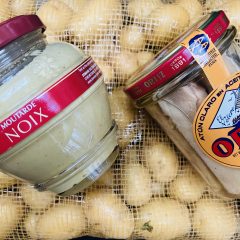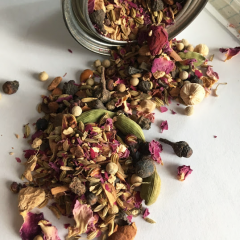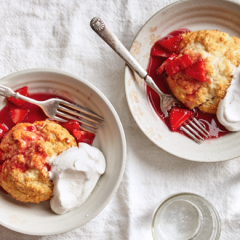
Warm Walnut, Potato, and Tuna Salad
A lovely mid-February meal to make in minutes As anyone who lives here already knows, when we hit the middle of winter in this part of the world, we have limited amounts of local produce to work with. (There is though, I’m happy to say, there’s a lot more to be had than there was […]
Read more »





Zingerman’s Art for Sale